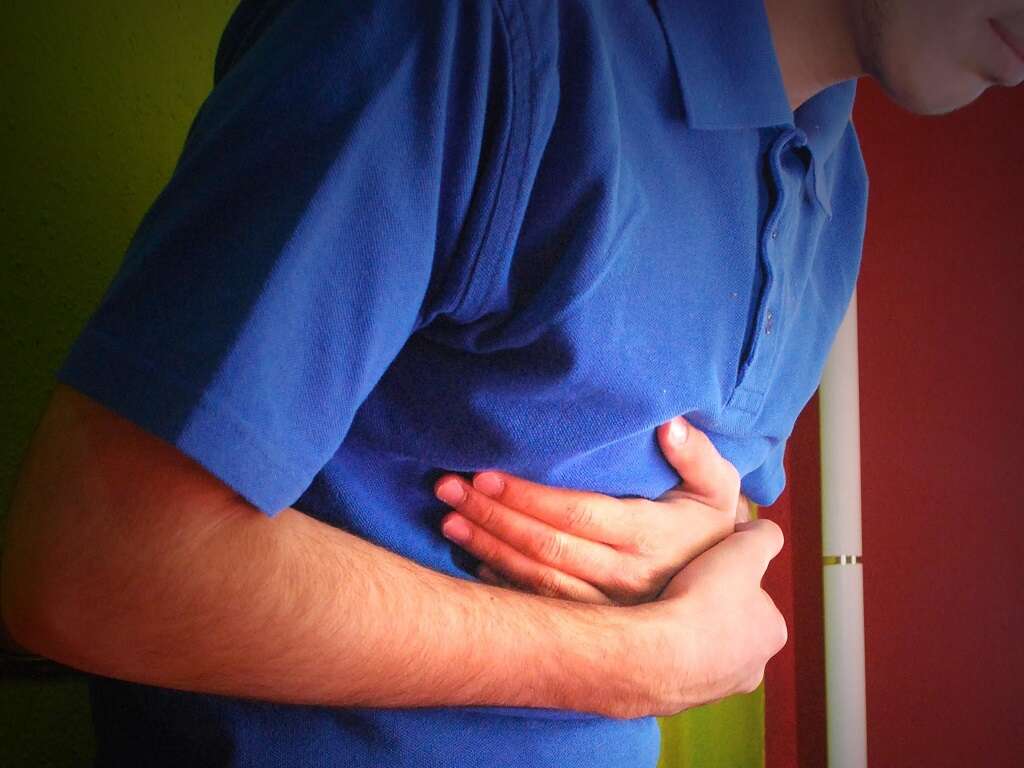

Most of these roles are performed by the hepatocyte, a quiescent and highly differentiated cell expressing a complement of enabling genes. The liver performs a variety of unique functions essential for the preservation of homeostasis, including glucose and lipid metabolism, xenobiotic detoxification, and serum protein synthesis. Genotypic distribution of liver-metabolizing genes in elite endurance athletes is different to non-athlete subjects, with a favourable gene profile in elite endurance athletes in terms of detoxification capacity.
#STRENGTH AND ENDURANCE REHAB AFTER LIVER FAILURE PROFESSIONAL#
The binary logistic regression model showed a favourable OR (odds ratio) of being an elite endurance runner against a professional road cyclist (OR: 2.403, 95% CI: 1.213–4.760 ( p = 0.002)) in the polymorphisms studied. Statistical differences were found in the genetic distributions between elite endurance athletes and non-athletes in CYP2D6 ( p < 0.001) and GSTT ( p = 0.014) genes. The combination of the polymorphisms for the “optimal” polygenic profile has been quantified using the genotype score (GS).

Genotyping of cytochrome P450 family 2 subfamily D member 6 (CYP2D6 rs3892097), glutathione-S transferase mu isoform 1 (GSTM1), glutathione S-transferase pi (GSTP rs1695) and glutathione S-transferase theta (GSTT) genes was performed by polymerase chain reaction (PCR). Genotypic and allelic frequencies were determined in 123 elite endurance athletes (75 professional road cyclists and 48 endurance elite runners) and 122 male non-athlete subjects (sedentary). The main objective of this work is to approach for the first time the study of genetic variants in liver-metabolizing genes and their role in endurance performance by comparing the allelic and genotypic frequencies in elite endurance athletes to the non-athlete population. We spend one-on-one time with you during each session, fine-tuning your care plan when needed.The genetic profile that is needed to define an endurance athlete has been studied during recent years. Easy access: During rehabilitation sessions, our team is on the exercise floor where you are working out.This attention to detail helps you make steady progress toward your fitness goals. We regularly assess your exercise plan and make changes when necessary. These experts help you work within your abilities to increase muscle strength and endurance. Effective therapies: Our team includes a pulmonologist, exercise physiologist, pulmonary clinical nurse specialist and medical social worker.Our pulmonologist performs a complete assessment, which includes a physical exam and review of tests and treatments you have received. Physician exam: A pulmonologist (lung doctor) specializing in pulmonary rehabilitation determines whether it’s safe for you to participate.Your safety is important to us, which is why our program includes: We care for patients with a wide range of lung problems - some are just below optimal lung function while others need supplemental oxygen or are awaiting a lung transplant.

We use our experience to deliver exceptional care and support to people with chronic lung diseases. We have been delivering pulmonary rehabilitation services since 1979. At Cedars-Sinai, you can take comfort in knowing we have decades of pulmonary rehabilitation experience. When it’s hard to breathe, it’s natural to feel anxious about exercising.


 0 kommentar(er)
0 kommentar(er)
